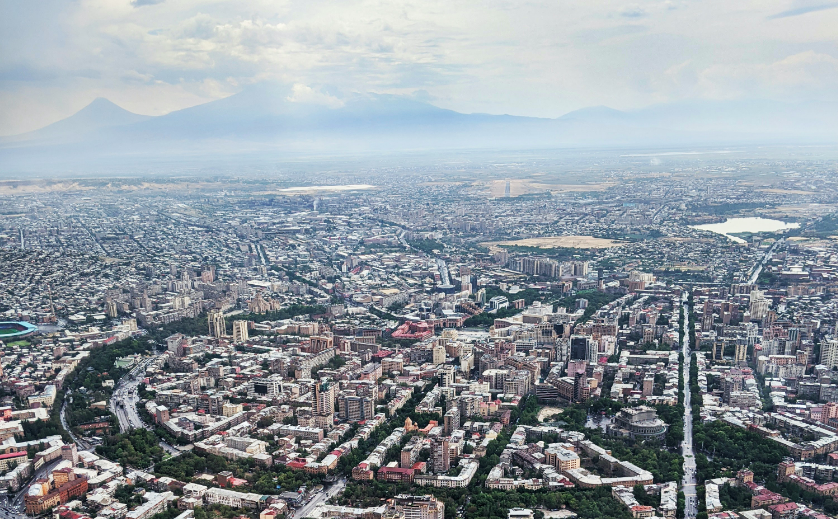From Mauritania to Armenia: two new cities on their way to sustainable mobility

Cities are taking action to transform urban mobility in Mauritania and Armenia. After applying to join the MobiliseYourCity Partnership, Nouakchott, Mauritania and Yerevan, Armenia officially joined on April 30, increasing the number of our city members to 65. Learn more about the local context and those cities’ commitment for sustainable mobility.
Yerevan, a city with a peculiar geographical landscape
Our new joiner is located in the Ararat Valley. As a consequence, Yerevan has the particularity to have little natural ventilation on one side of its city, resulting in a concentration of hazardous air contaminants, while it is marked by elevation differences on its other side, making non-motorised transportation solutions less attractive for its citizens.
The Yerevan public transport system counts on old fleets and deteriorated transport infrastructure. That is why today 85% of the passengers use unsubsidised private microbuses to move across the city. Even though microbuses helped Yerevan escape from a severe transport crisis in the 1990s, they now contribute to a chaotic transport landscape, that has seen the exclusion of big and medium-sized buses as well as investment backlogs for trolleybus and metro. Despite these challenges, Yerevan is taking actions towards better transport systems by joining the Partnership, and we are very excited to welcome them!
A safer and more inclusive transport system for Nouakchott
Our second new joiner Nouakchott is the capital and largest city of Mauritania. Since becoming the country's capital city in 1958, Nouakchott has experienced rapid urban sprawl and an increased demand for urban transport. The average rate of car ownership in 2018 is 23% (230 vehicles per 1,000 households), according to the Urban Mobility Plan, which is quite high compared to the average in Mauritania.
According to a diagnosis of urban travels conducted in 2005, the citizens would like to use public transport, but the inadequacy of the service offered does not allow them to do so. For the current transport system, users consider its major constraints to be travel conditions (traffic jams), roads and facilities (road conditions, street lighting, etc.), transport services (insufficient bus, cab, disorganisation, etc.).
The Nouakchott Region through the Support to the Nouakchott Region for Resilient and Equitable Sustainable Development (ARENDDRE) started a project in September 2020 to improve the living conditions of marginalized populations and their integration. To achieve its goals, the ARENDDRE project will develop a Sustainable Urban Mobility Plan (SUMP) that will result in the creation of urban transport lines with intelligent systems in peripheral areas where access is difficult for public and private transport. Thus, this project also contributes to solving the security problem in these areas by providing them with smartly managed solar street lighting.
Moved by a strong willingness to collaborate and be inspired by other city members, the two cities will receive technical support in the execution of future urban projects with one objective: contributing to economically vibrant, safe, and just cities for all urban residents.